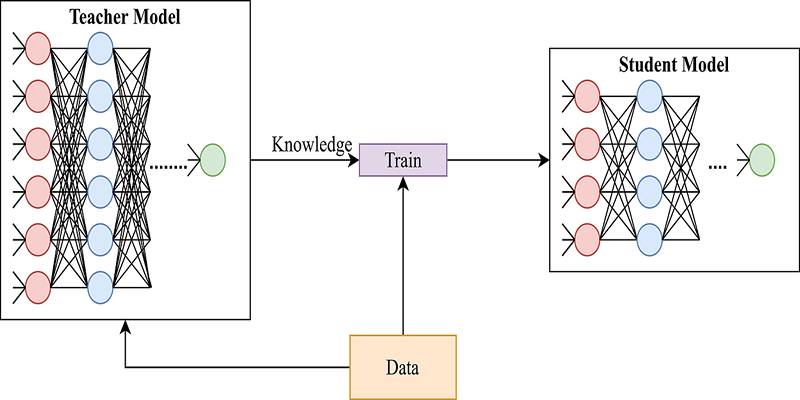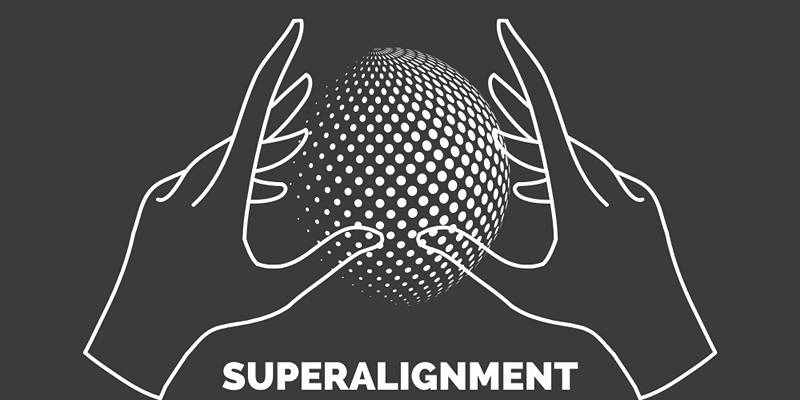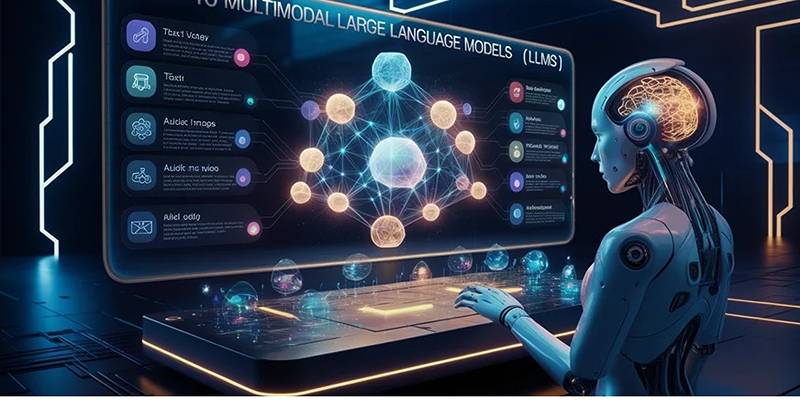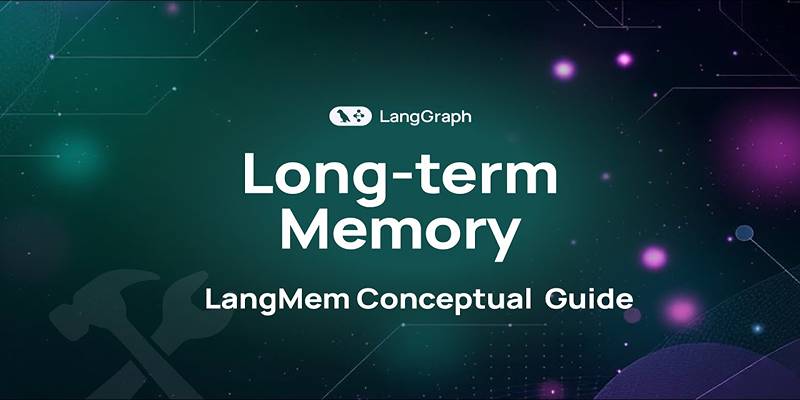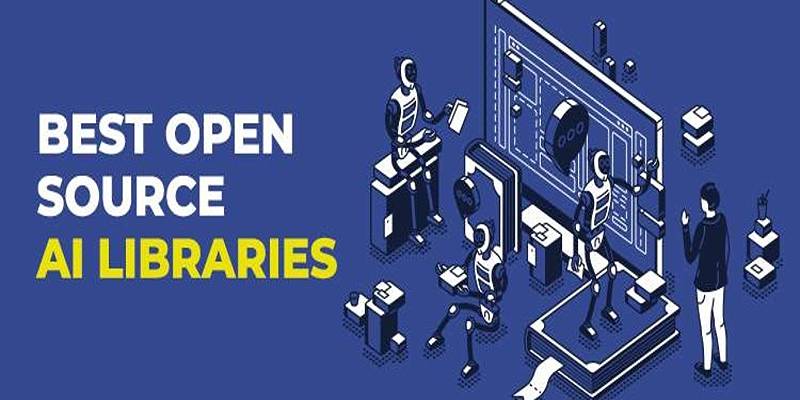Generative artificial intelligence (AI) is more than technology; it brings creativity, speed, and accuracy to marketing. Thanks to intense machine learning and large language models, generative AI can create high-quality content, analyze massive datasets, and enhance real-time campaigns. This move allows businesses to adapt their marketing procedures, prioritizing speed, flexibility, and success.
AI-powered marketing lets teams accomplish more with less. Cutting manual effort and accelerating production lets marketers concentrate on strategy, innovation, and experimentation. It transforms firms that want to remain ahead in fast-changing digital industries. As AI techniques improve, creativity and math become more challenging to distinguish. This will enable mass customization and precision in marketing.

Why traditional advertising isn't enough
Today's consumers demand companies to communicate quickly, specifically, and relevantly. Traditional marketing strategies struggle to keep up. Legacy systems struggle with the data and complexity of real-time customization required to modify content. So, enter creative AI. It bridges broad and individualized messages while maintaining operations. Marketers no longer have to personalize messaging to each character or group. They can utilize AI to analyze massive consumer data, identify behaviour trends, and customize experiences.
AI-Driven Scalable Content Creation
Content creation is a key usage of creative AI in commercial marketing. Teams can swiftly compose blogs, social media posts, advertising, and email campaigns that match the brand and community's tone, style, and demands using Jasper, ChatGPT, and Copy.ai. These technologies use real-world data, competition information, and millions of examples to generate technically accurate, entertaining, and conversion-focused content.
Automating production lets teams produce more without sacrificing quality. AI helps marketers maintain brand consistency across all media, whether authoring long-form educational material or punchy advertisements. Digital environments develop rapidly and demand stability, but generative AI keeps companies visible, up-to-date, and essential.
Improve outcomes with real-time adjusting.
Generative AI can create and optimize content in real-time. AI can determine which website elements are practical by analyzing open rates, bounce rates, clicks, and revenues. It may then recommend improvements to titles, tone, structure, and pictures without much human input.
This continual feedback allows advertisers to make data-driven decisions and alter advertising quickly. AI enables you to experiment and make real-time adjustments, so you don't have to run static advertisements and wait for insights. Depending on user behaviour, changeable content keeps interest high and increases ROI.
A lot of hyper-personalization
Personalization is becoming a top marketing tactic, and creative AI is elevating it. AI systems may leverage user data to deliver personalized messages, including what they've purchased, how they use the internet, where they are, and what they do on social media. AI helps marketers create memorable experiences with tailored email subject lines, product recommendations, and tracking advertisements.
Instacart does this well. The website recommends products and offers based on shoppers' preferences using AI. It makes users happier and more loyal. AI-driven customization helps organizations understand their consumers broadly, increasing conversion rates, return purchases, and enduring value without overburdening marketing staff.
Remaking creative advertisements
Generative AI greatly accelerates ad creativity. Marketers can transform text into engaging images, graphics, and videos using visual content-generating solutions like DALL·E, Midjourney, and Runway ML. That simplifies testing and trying new ideas and reduces ad time and cost.
AI can create ad text for various audiences or channels, making it ideal for A/B testing. Marketers may attempt alternative headlines, calls to action, and graphic styles to see what works for each group. Performance data helps teams improve their creative assets and invest in the most successful ones.
Future-planning insights
Generative AI is also helpful for predictive analytics. AI can use CRM, online exchange, social media, and shopping habits data to forecast trends and future events. Marketers can then better decide where to spend money, how to arrange items, and when to advertise.
The suggestions also help firms predict what consumers want and provide it before they ask. AI may warn marketers of client departures or identify new trends before competitors. Predictive data lets companies make smart, strategic decisions to develop and retain consumers.
Pictures Make Storytelling Easy
AI makes generating professional-quality photos on demand simpler than ever, which keeps brand interest high. Synthesia lets teams produce movies with AI characters and voiceovers from simple texts. Other tools can create unique graphics, animations, and slideshows. Businesses of all types may employ compelling tales.
Generative AI ensures that these visuals match the brand's style and standards, which is difficult when managing advertisements across different media. Teams may concentrate more on the message and narrative strategy when production duties are reduced. Brands stand out in congested feeds with high-quality photos and AI that adapts to changing scenarios.

Multilingual AI for cultural understanding
Language and cultural barriers make international client acquisition difficult for multinational organizations. With its sophisticated translation and language skills, generative AI can manage this. GPT-3 and Deep can translate marketing information into several languages while maintaining tone, purpose, and cultural value. This ensures communications reach multiple places without losing significance.
This capability lets you go global without hiring large language teams. Brands can quickly create multilingual commercials, websites, and event materials for diverse populations. This makes firms more accessible and able to engage with people worldwide.
Conclusion
As generative AI improves, marketers will use it more. Adjusting advertising in real time, deploying clever robots, providing emotional messages, and using false brand boosters are all choices. Companies should see AI as a long-term collaborator in creativity, speed, and innovation. Creative AI investments will pay off for businesses. Faster change, excellent customer service, and brand differentiation in a congested digital environment are possible. Marketing success will go to those who blend data, narrative, and technology with emotion. It takes generative AI to do this.

